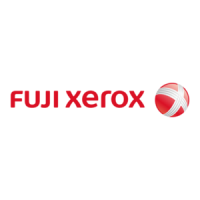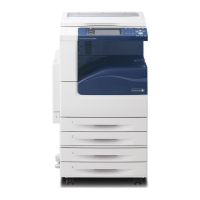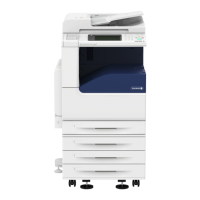Configuration of E-mail Encryption/Digital Signature
401
Encryption and Digital Signature Settings
13
Configuration of E-mail Encryption/Digital
Signature
This section describes how to encrypt e-mails and how to attach a digital signature to e-
mails.
"Installation Overview" (P.401)
"Step1 Configuration on the Machine" (P.402)
"Step2 Configuration on Sender and Recipient" (P.402)
Installation Overview
To encrypt e-mails and attach a digital signature, configure the machine and your
computer as follows:
z
To encrypt e-mails and attach a digital signature to e-mails between the machine and a computer, a personal
or device certificate for S/MIME of a recipient and the device certificate of the machine must be set on the
computer. To configure the digital signature, the device certificate of the machine is necessary. Configure the
following settings to the certificates.
z
"e-mail address"
z
If the certificate contains V3 extension "keyUsage", "digitalSignature" and "keyEncipherment" must be
asserted.
z
If the certificate contains V3 extension "extendedKeyUsage", "emailProtection" must be set.
z
Up to 100 addresses can be encrypted with S/MIME.
z
For information on how to check it on Windows, refer to "How to check the certificate settings on Windows"
(P.391).
Configuration on the Machine
Set the certificate on the machine and enable the S/MIME communication.
Configure a certificate on the machine. No certificate is registered on the machine by
factory default.
Configure the following settings to set up a certificate on the machine.
z
Configuring certificates by CentreWare Internet Services
- Set up HTTPS communications encryption settings, and then configure a certificate on
the machine.

